The concept of artificial intelligence (AI), once the stuff of science fiction, is now an integral part of our daily lives, reshaping industries, enhancing our capabilities, and redefining the creative process. One area where AI has truly revolutionized the game is brainstorming – that exhilarating journey of ideation, the heartbeat of innovation, and the spark that ignites breakthroughs.
Imagine having a brainstorming partner who’s always at your side, never tires, and continuously serves up fresh ideas. That is the world where the fusion of both human creativity and AI.
In this comprehensive guide, we embark on an exciting exploration of Brainstorming with AI. From the core principles to the practical tools at your disposal, we’ll dive deep into the possibilities, ethical considerations, and real-world applications of this groundbreaking approach.
Table of Contents
Preparing for Brainstorming with AI:
Define Your Problem Effectively:
Before starting any brainstorming session, whether with AI or solely with humans, the foundation of success lies in the clarity and precision of your problem statement.
A well-defined problem statement serves as the North Star guiding your brainstorming process; it will make the road easier for brainstorming. It not only ensures that you stay on track but also provides the criteria by which you’ll evaluate and select ideas later, which is very important
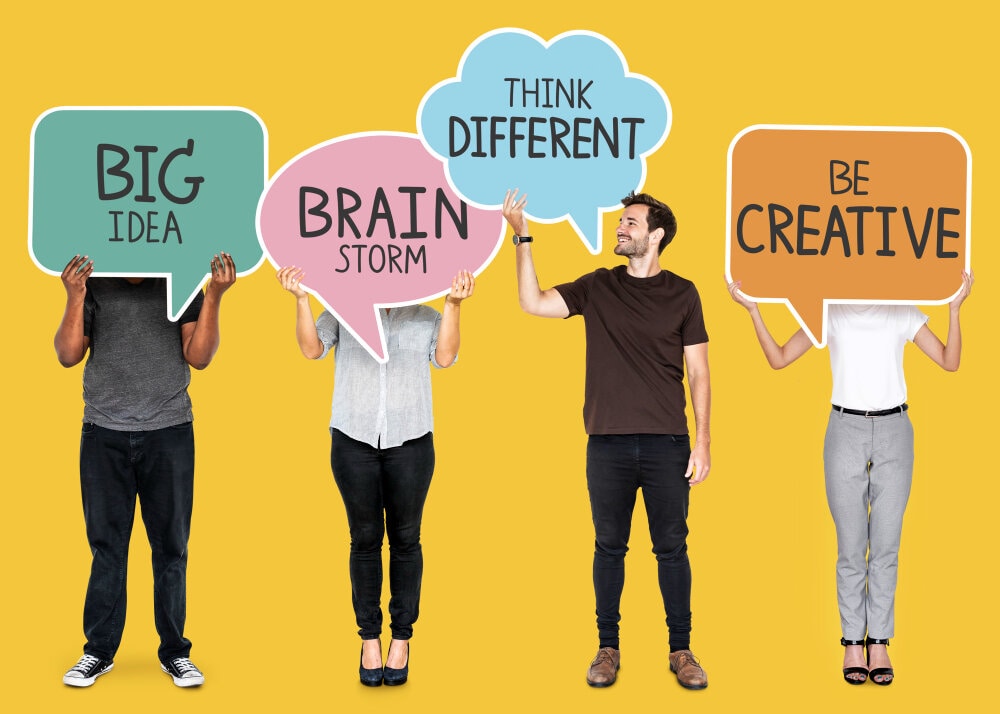
Why it Matters:
A vague or poorly defined problem statement can lead to a zig-zag discussion and unfocused brainstorming, which will not yield the desired results. On the other hand, a precise problem statement accomplishes the following:
- Focuses on the creative energies of your team.
- Provide a clear target to aim for.
- Clarifies the scope and boundaries of the brainstorming session.
- Sets the stage for productive AI-assisted brainstorming
Methods for Crafting Effective Problem Statements:
- 5W+H Method: This method is all about asking the essential questions – who, what, where, when, why, and how to understand the problem clearly For example, “Who is affected by this issue, and why is it significant?”
- SMART Framework: SMART stands for Specific, Measurable, Achievable, Relevant, and Time-bound.Using this framework, you create a problem statement that is not only clear but also actionable. For instance, “We need to increase customer satisfaction (Specific and Measurable) by implementing a chatbot for instant customer support (Achievable and Relevant) within the next three months (Time-bound).”
Choosing the Right Brainstorming Method
Selecting the right brainstorming method is like picking the right tool for the job.
The choice depends on a number of factors including how complex is the problem the Diversity of your team, the objective of your project, and even personal preference. Here is the popular brainstorming method to use:
- Mind Mapping: Ideal for exploring complex, interconnected ideas, mind mapping helps visualize relationships between concepts.
- Brainwriting: In a brainwriting session, each participant writes down their ideas on a sheet of paper and passes it to the next person, encouraging rapid idea generation.
- SCAMPER: An acronym for Substitute, Combine, Adapt, Modify, Put to another use, Eliminate, and Reverse, SCAMPER is excellent for modifying or improving existing ideas.
- Reverse Brainstorming: Useful when you want to identify problems or challenges related to a particular topic rather than generating solutions.
Method Selection Considerations:
- Tailor your choice based on the nature and complexity of the problem. For instance, mind mapping may be more suitable for complex, multifaceted challenges.
- Consider your team’s diversity and size. Some methods work better with larger groups, while others are efficient for small, focused teams, so keep this in mind to make brainstorming effective.
- Align the method with your project objectives. If you need to generate a high volume of ideas quickly, consider techniques like brainwriting
Establishing Ground Rules for Effective Brainstorming
For any brainstorming session, whether human-driven or AI-enhanced, the establishment of clear ground is very important to make brainstorming effective.
These rules create a safe and respectful environment for creativity and ensure that sessions remain focused and productive this will save a lot of time and will also accelerate the desired result.
Here are some important rules to follow:
- No Criticism or Judgment of Ideas: Encourage participants not to dismiss or criticize any idea during the brainstorming phase; all ideas are valuable.
- Encourage Wild and Unusual Ideas: Promote thinking outside the box. Sometimes, the most innovative solutions are generated from unconventional ideas, so embrace a mindset of experimentation.
- Build on Others’ Ideas: Encourage participants to add and expand on their peers’ ideas, as collaboration often leads to better solutions.
- Aim for Quantity Over Quality: In the initial stages of brainstorming, prioritize generating a large number of ideas. Quality evaluation comes later.
- Stay Focused on the Problem: Ensure that all discussions and contributions remain aligned with the defined problem statement. It is important to keep the rules in mind. Tangential discussions can be explored separately.
Additional Decisions:
Define the duration of your brainstorming sessions. Depending on the complexity of the problem, it may vary from a short session to an extended workshop.
Clearly define the format of the session, whether it is virtual or in-person. Select the one that is most convenient for your team.
Decide how you will record and share ideas during brainstorming. Will you use a whiteboard, sticky notes, a digital collaboration tool, or a combination of these?
Maximizing AI’s Potential
When starting AI-powered brainstorming, the effectiveness and interaction of AI tools will depend on how well the questions are framed.
An AI chatbot will generate responses based on how well it understands the questions asked. Follow these strategies to craft the queries that provide the best insights:
Crafting Effective AI Queries
Provide the context: Start by providing context. The better and more detailed the context, the better the reply you will get. If you’re brainstorming a Go-to-Market (GTM) strategy for a product, explain the product, its unique features, and its competitive landscape. You can also leverage ChatGPT to generate a product description and adjust it as needed.

Iterative Approach: Begin by asking the AI tool for ideas, then express that the initial response needs more refinement. Continue this process until you notice the AI repeating itself. This interactive approach will yield very interesting ideas.
Leverage Brainstorming Strategies: Use brainstorming strategies as mentioned above, like “SCAMPER.” Request that AI employs this strategy while responding. This way, you can explore diverse creative angles using a structured technique.
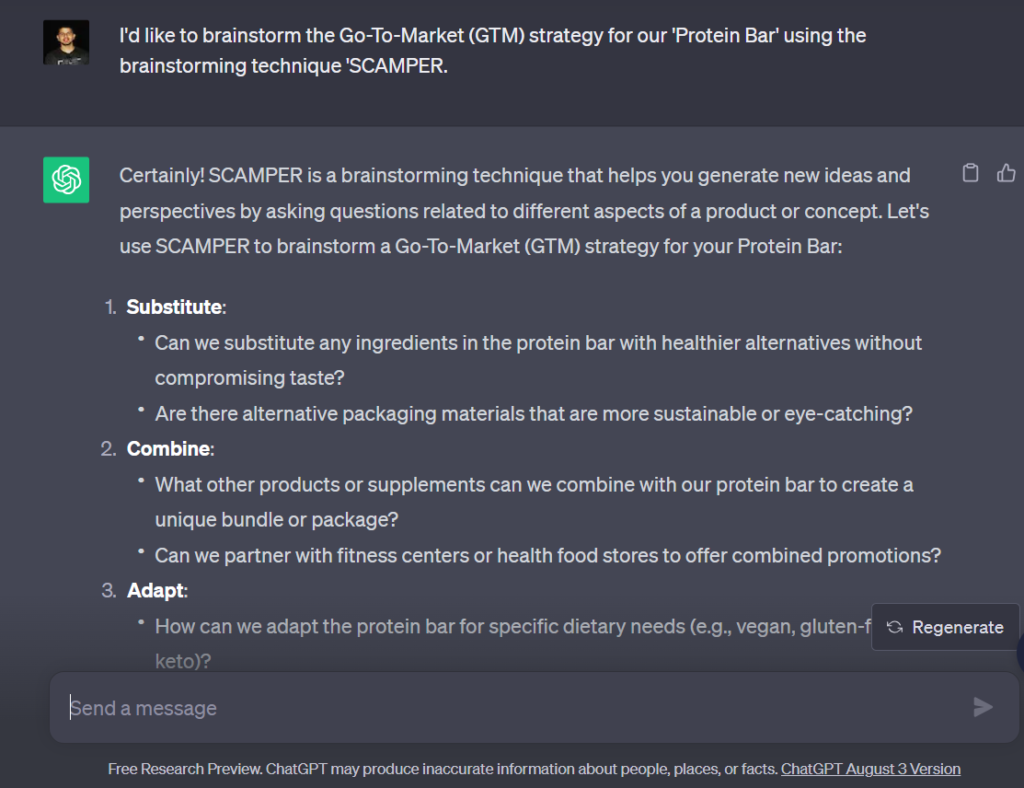
Experiment with Query Length: Experimentation is key to getting to the root of ideas. Try a series of very short questions in quick succession, then compare the response to a paragraph prompt versus a three or four-paragraph prompt. The length of your query will impact the depth and breadth of the AI-generated response.
Promoting Creative Dialogue
Engaging in a Creative Dialogue with AI can be a powerful method for encouraging innovative thinking. Here is how you can encourage creative dialogue:
Multiple Approaches: Embrace the fact that not all AI responses will be creative and useful. Therefore, use multiple approaches in your prompts.
One prompt may yield a better and more creative idea, while another may not. This also means refining your query, providing more context, or rephrasing the question.
Feedback Loop: Establish a feedback loop with your AI tool. After receiving a response, offer feedback on what works and what doesn’t. Ask AI to iterate on the idea to form a better one, just as we do in a live session.
Iteration Matters: Always remember that creative processes often require iteration. Don’t hesitate to revisit ideas that make sense and dive deeper in each iteration. AI can provide you with a fresh perspective as you refine your ideas.
Beyond ChatGPT: Exploring Other AI Tools
This section will introduce you to different AI tools and platforms to supercharge your brainstorming. While ChatGPT is a fantastic choice if you’re starting up, there are also many other tools waiting to be explored.
HyperWrite is an AI-powered idea generator powered by ChatGPT and GPT-4. It’s designed to help you overcome creative blocks, making it a valuable tool for writers, entrepreneurs, designers, and marketers.

- AI-powered Idea Generation
- Topic-Based Idea Generation
- Integration with Writing and Creative Processes
Edraw AI is an AI-powered brainstorming tool that excels in generating unique insights and ideas. It can also help you polish text content, making it an excellent choice for visual brainstorming and text refinement.
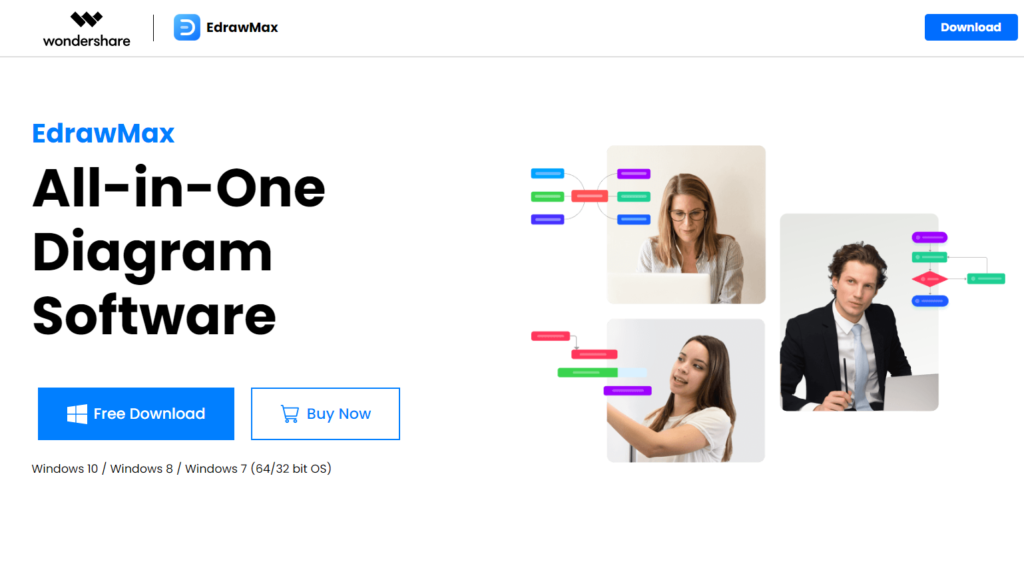
- Text Content Refinement
- Visual Brainstorming
- Unique Insights and Ideas Generation
- Integration with Visual Mapping
Ayoa is a neuro-inclusive AI tool that offers seamless idea generation, task management, and mind mapping. It’s known for its real-time collaboration features, making it a versatile choice for various creative tasks.
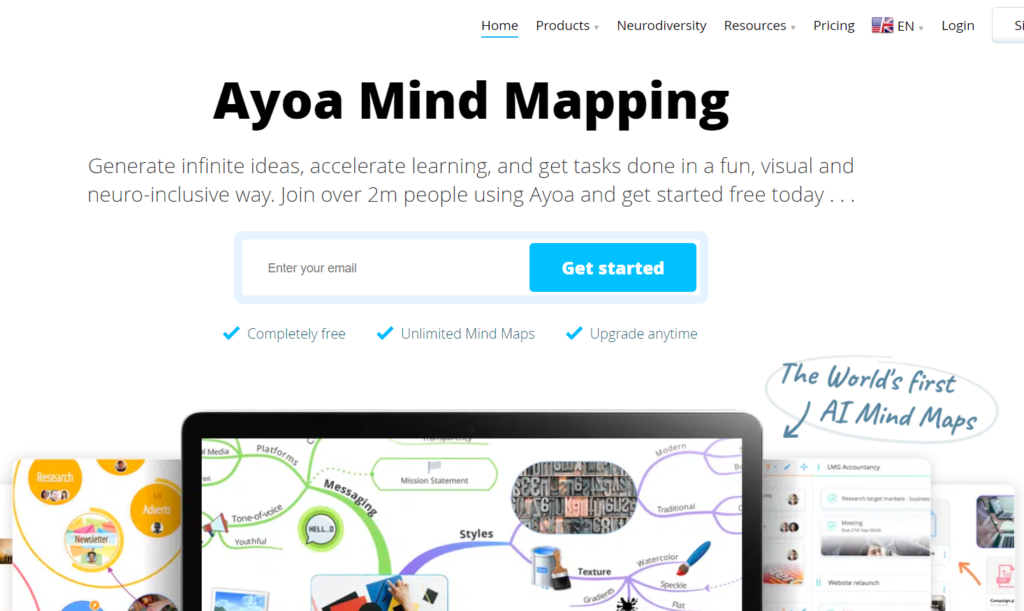
- Real-Time Collaboration
- Integration with Project Management and Task Lists
- Support for Hand-Drawn Maps
- AI-Powered Long-Form Content Generation (Smart Copy)
Whimsical is a smart brainstorming tool that helps you come up with new ideas quickly. It’s known for being fast and great at generating ideas, making it a perfect choice when you need creative solutions for tough problems

- AI-generated suggestions
- Quick Problem-Solving and Idea Extraction
- Visual Brainstorming
- Document, Wireframe, and Flowchart Creation
- Pre-built templates for Idea Innovation
- Integration with Leading Applications (e.g., Jira, GitHub, Notion, Figma, Slack)
ChatGPT( as mentioned above)
ChatGPT is my go-to AI companion, assisting me in various tasks, from coding to brainstorming. Its conversational capabilities make it user-friendly and a valuable source of insights. It’s an indispensable tool for unlocking creativity
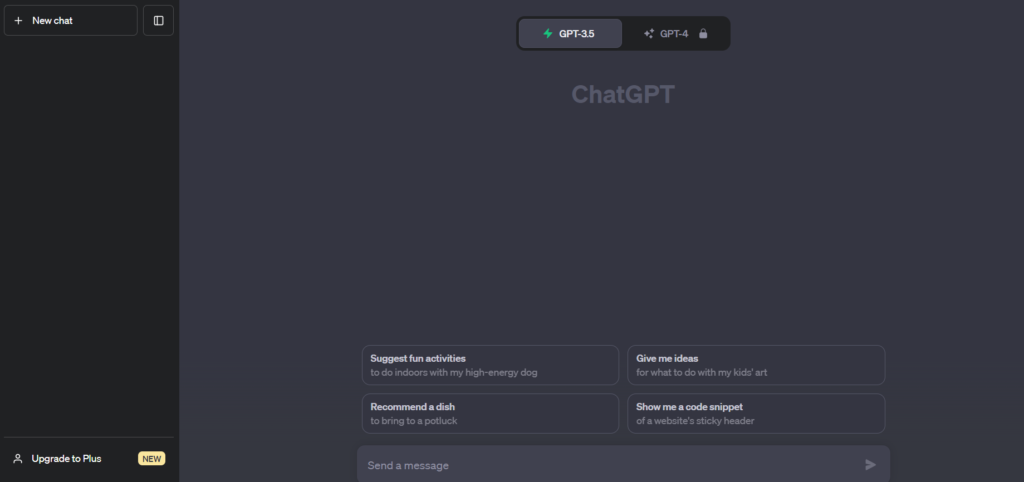
- Text-Based Idea Generation
- Creative Dialogue
- Consideration of Multiple Approaches
- User-Friendly Interaction
Finding the Right Fit
Selecting the right AI tool for brainstorming is crucial based on your needs and team. Here are some factors that will help you choose the right AI tool:
- Define Your Needs: Identify your brainstorming requirements. Are you looking for text-based ideation, visual content, or video content? Knowing your requirements for brainstorming will narrow down your options.
- Budget Consideration: Some AI tools are free, like ChatGPT (but the plus version is paid), while others may require monthly or one-time purchases. Balance your budget and feature requirements to choose a tool that fits both your financial constraints and creative aspirations.
- Integration: Check how the tool can easily integrate into your current workflow. A tool that syncs seamlessly with the apps you use will make you more productive.
- User-Friendliness: Consider the ease of use of the tool. An intuitive and user-friendly interface will save you a lot of time. Choose a tool with a gentle learning curve.
- Trial Period: Many AI tools provide trial periods. Use these trial periods to assess if the tool fits your brainstorming requirements.
By evaluating these factors, you will be ready to select the right tool for your brainstorming needs, whether you are generating text or visual content. The right tool can be a game-changer for your brainstorming process.
Wrapping Up and Promoting Your Ideas
Review, Select, and Plan
After a brainstorming session with AI tools, it is very important to evaluate the generated ideas and select the most promising ones. Carefully assess each idea for its feasibility, relevance to the goal, and how it aligns with your objectives or project. Identify the top ideas that stand out; these are the concepts you will be pursuing further. Create a clear action plan to implement the selected ideas, outlining the necessary steps, allocating resources, and setting deadlines to turn your concepts into reality. With a clear plan of implementation, ideas will come to fruition.
Keep in mind that brainstorming is an iterative process. If a certain idea requires more refinement or any additional input, revisit the AI tools or engage in further discussions to enhance them.
Promoting Your Ideas
Having great ideas is just the beginning. To bring concepts to life and gain support, effective communication, and promotion are vital:
Clarity is the key: Clearly explain your ideas. Use proper visuals and language to convey the ideas generated by AI tools.
Engage Your Audience: Interact with your audience and team to gather feedback, answer questions, and address concerns. Engaging in discussions is crucial to refining the concept further.
Documentation: Maintain documentation of your brainstorming session and ideas. This ensures you have a proper record of your creative process that you can refer to if needed.
Leverage AI-Generated Content: If your tools provide content such as text or visuals, verify their accuracy before using them in presentations.
FAQs – Unlocking Creativity with AI Brainstorming
1. What is AI-powered brainstorming, and how does it work?
– AI-powered brainstorming uses AI tools trained on large datasets to assist in generating ideas. It works by providing an input prompt, and the tool provides a response.
2. Why should I use AI for brainstorming?
– AI can quickly generate a good number of ideas, help overcome creative blocks, and offer a unique perspective. It complements human creativity.
3. Which AI tools are best for brainstorming?
– There are several AI tools suitable for brainstorming, including ChatGPT, Edraw AI, Ayoa, HyperWrite, Whimsical, and more. The choice depends on your specific needs and preferences.
4. Are there any ethical considerations when using AI for brainstorming?
– Yes, it’s crucial to consider ethical aspects such as privacy, bias, and transparency when using AI.
5. Can AI-generated ideas replace human creativity?
– No, AI-generated ideas are meant to complement human creativity, not replace it. They serve as a valuable resource for inspiration.
6. How do I choose the right AI tool for my brainstorming needs?
– Consider factors like your project requirements, budget, and desired features when choosing an AI tool. Check which tools fulfill your requirements.
7. Can I use AI tools for personal or professional projects?
– Yes, AI tools can be used for a wide range of applications, from business strategy development to creative writing and personal projects.
Conclusion
As we conclude our brainstorming guide with the help of AI tools, it’s clear that artificial intelligence has emerged as a powerful ally in the creative process. We’ve explored how AI tools like ChatGPT, Edraw AI, Ayoa, HyperWrite, Whimsical, and more can serve as catalysts, but it’s important to keep in mind the limitations of AI tools, such as their bias. From start to end, AI doesn’t replace human creativity but enhances it. For better responses, ask queries with proper framing, and only then will you be able to get the most out of AI tools.



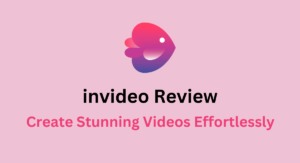
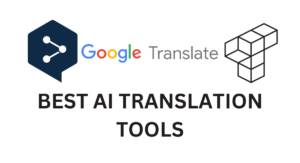

Pingback: Best AI Chatbots of 2023: ChatGPT And More - OpenInsightAI